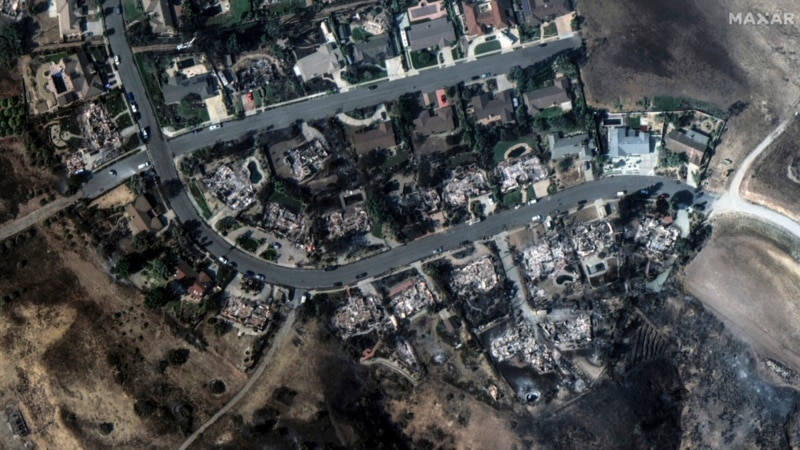Early fans of Johanna Ortiz will remember her breakthrough piece in 2015: an off-the-shoulder, puffed-sleeve, sold-out-everywhere striped shirt called the Tulum Top. Her brand has come a long way since then, aesthetically and business-wise. The top’s mix of familiarity and Latin flair has trickled out into tailoring, evening dresses, jewelry, and shoes, and nearly everything is made in Ortiz’s vertically-integrated atelier in Cali, Colombia. “Cali isn’t exactly a fashion capital,” she joked on a Zoom from Paris, where she’s presenting spring 2022 by appointment. Indeed, the “traditional” way of doing things as a Cali-based designer would have been to produce her collections elsewhere—maybe in Italy, maybe in Asia—using materials sourced from another corner of the globe. That process would require multiple rounds of shipments and cargo flights, hardly a sustainable approach. Ortiz, on the other hand, has condensed everything in one place; in addition to having a closer relationship with her product, she’s able to collaborate with local artisans and create employment opportunities for her Cali community. Her team is now 350 people strong, and she’s just getting started: In 2016, she opened Escuela Johanna Ortiz, a free training program for local women to learn sewing and embroidery skills, so they can eventually work in Ortiz’s atelier or start their own line.
The question of fashion’s purpose has come up a lot this season: Why do we need these clothes? Why should a brand even exist when the world is on fire? Ortiz’s commitment to women’s empowerment and sustainable manufacturing is a far stronger answer than most.
All said, the actual clothes were similarly aligned in their focus on longevity, comfort, and sustainability. The ruffles and tiers of years past have been toned down or removed entirely, replaced by lean, wear-wherever printed dresses. Many are secretly adjustable: Sashes and ties can be knotted multiple ways to reveal or conceal, while a strapless dress in an emerald Matisse-inspired print had a beaded necklace looped through the front; you could try the same trick with a silk scarf or another piece of jewelry. Other dresses were simplified to highlight their large-scale prints, shown here in earthy sienna, moss, rust, and every shade of brown. They come across as naturals rather than in-your-face prints, all the better to wear them often and for years to come.
In a few cases, the “prints” were actually swirling patches of hand-woven raffia (zoom in on look 14’s army-green cotton dress to see). The technique was at once entirely novel—you won’t see it in another collection this month—yet subtle enough to be truly timeless. It’s easy to imagine dozens of reasons for it to exist.
Note: This article have been indexed to our site. We do not claim legitimacy, ownership or copyright of any of the content above. To see the article at original source Click Here













